Flying without professional assistance.

Despite our takeoff clearance, I advised Amarillo Tower that we would need to taxi off the runway. My wife couldn’t latch the door on our newest acquisition, a 1972 Piper Arrow II. It was my fault. Although our prior airplane, a Cherokee Six, had the same tortuous slam-bang locking system, I forgot that it was always a minor struggle to apply enough leverage to properly latch the door from the copilot’s seat.
The door-latching event was actually chapter one in a series of flight mishaps that had me wondering if I was the same airline pilot who had brought a few hundred passengers safely back and forth to London in a 777 just last week. But for that trip, I had a professional copilot.
The first flight in the Arrow didn’t start without some diligent planning. Having been bitten by various discrepancies from two previous airplane ownerships, one of them involving an engine overhaul, the detailed pre-buy inspection reflected my paranoia. Perhaps my maintenance experiences were making me that much wiser — or not. Because the pre-buy inspection was thorough, for a few more dollars I opted for a complete annual inspection.
The GNS 430 was sent to Garmin for a repair of the radio frequency tuner as part of our verbal sales agreement. It seemed a good opportunity to upgrade the GPS to a WAAS unit. Unfortunately, the upgrade was successful, but the original repair was not — a discovery I made immediately after engine start. I didn’t want to fly the airplane from Texas to Connecticut with one radio, especially if we encountered IFR conditions.
This story is from the October 2016 edition of Flying.
Start your 7-day Magzter GOLD free trial to access thousands of curated premium stories, and 8,500+ magazines and newspapers.
Already a subscriber ? Sign In
This story is from the October 2016 edition of Flying.
Start your 7-day Magzter GOLD free trial to access thousands of curated premium stories, and 8,500+ magazines and newspapers.
Already a subscriber? Sign In
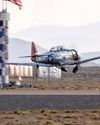
The Temple of Speed
Reno entices even this altitude-oriented pilot.

Flat Sixes
Fanatical artisans
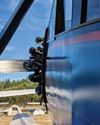
Blue over Green, Tent in Between
I’m old , I’m cranky. Why do I keep air-camping?
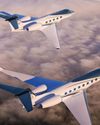
Gulfstream Reveals G400, G800
The product lineup gains large-cabin and ultralong-range mounts.
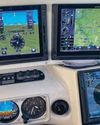
Every Airplane Requires a Checkout
Embrace the challenge of mastering a new machine.
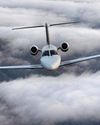
Fuhggedaboutit
Fifty-plus years of f lying forgetfulness
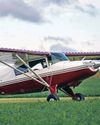
THE MAULE FAMILY APPROACHABLE AIRCRAFT
Choose your mount —the Maules do it all.
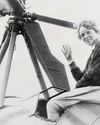
Sisters
“ Women certainly have the courage and tenacity required for long flights.” —Mildred Doran
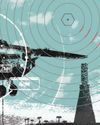
INSIDE OUT OR OUTSIDE IN?
What kind of pilot should you be?
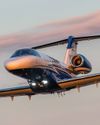
WE FLY: CESSNA CITATION CJ4 GEN2
THE FLAGSHIP CJ JUST GOT A WHOLE LOT BETTER.